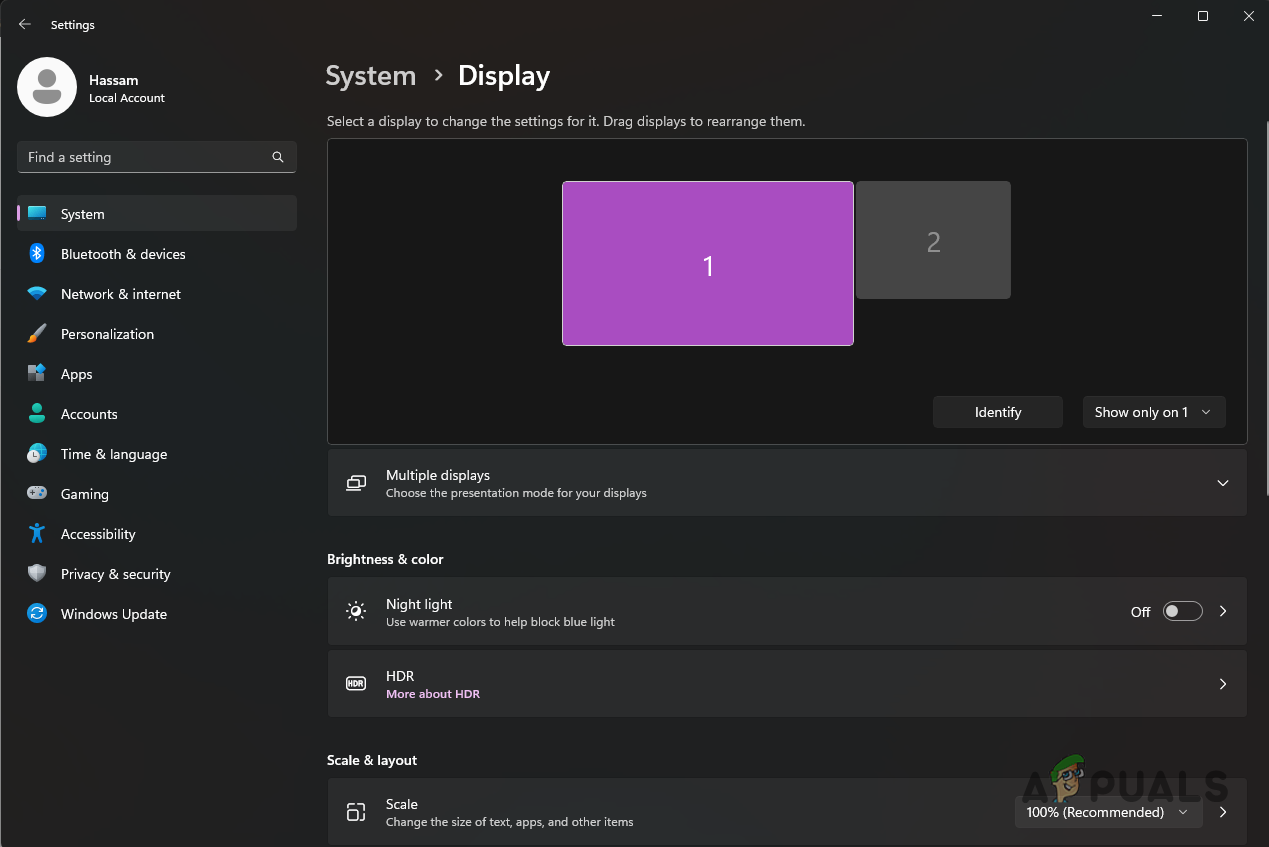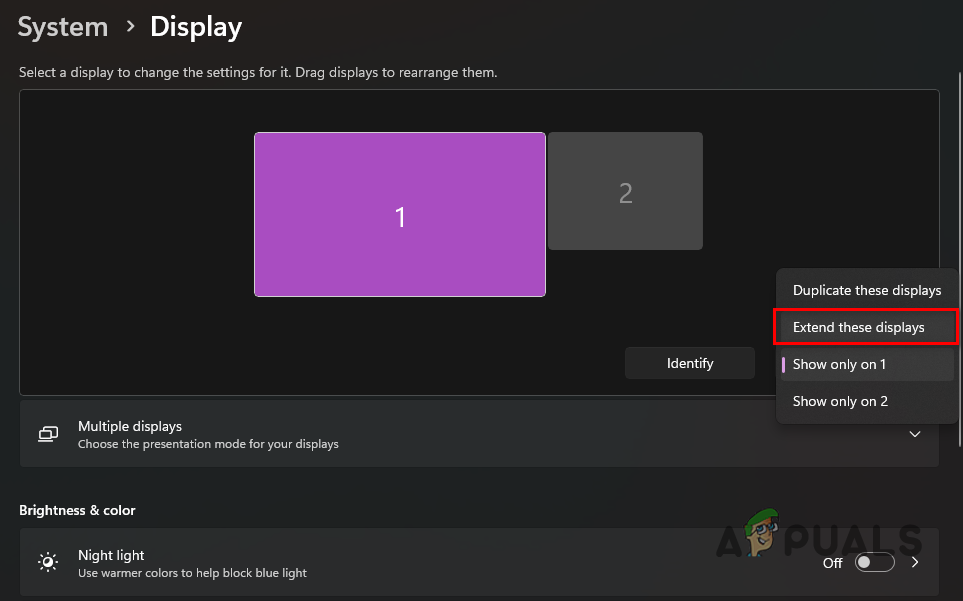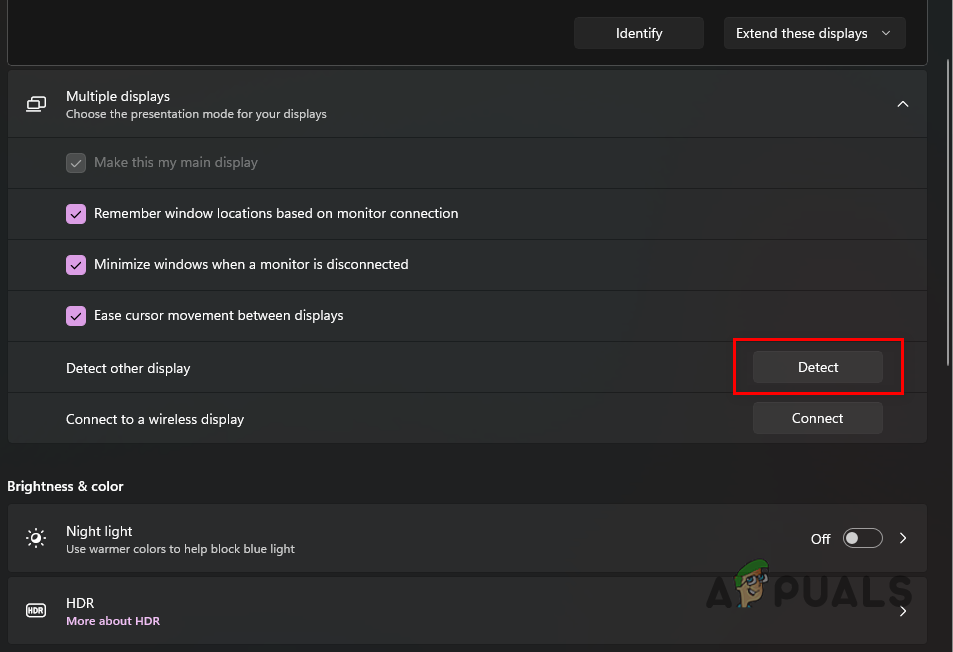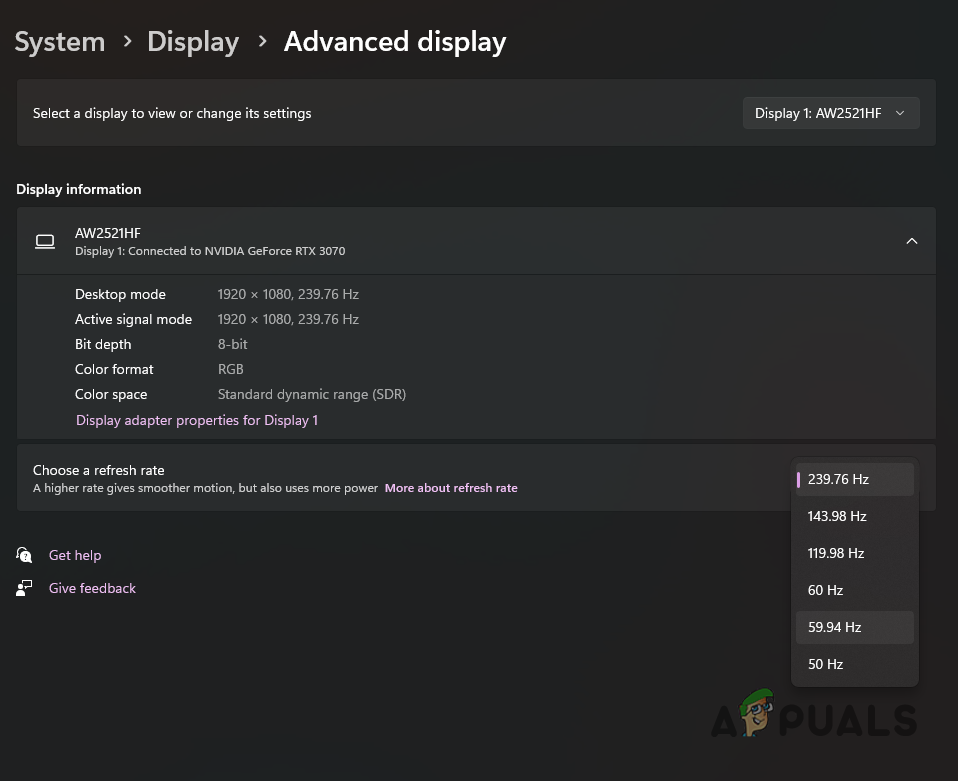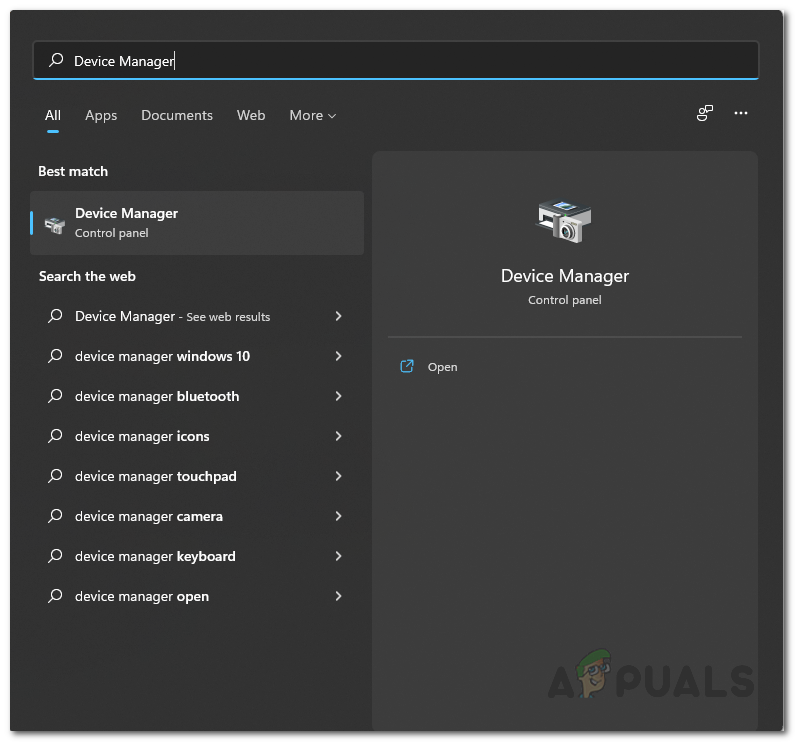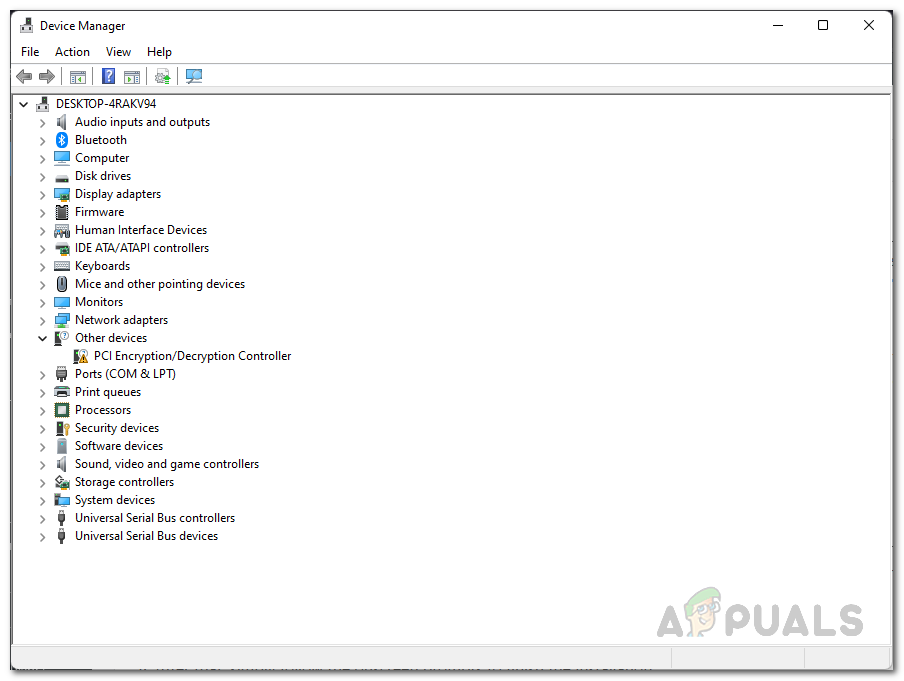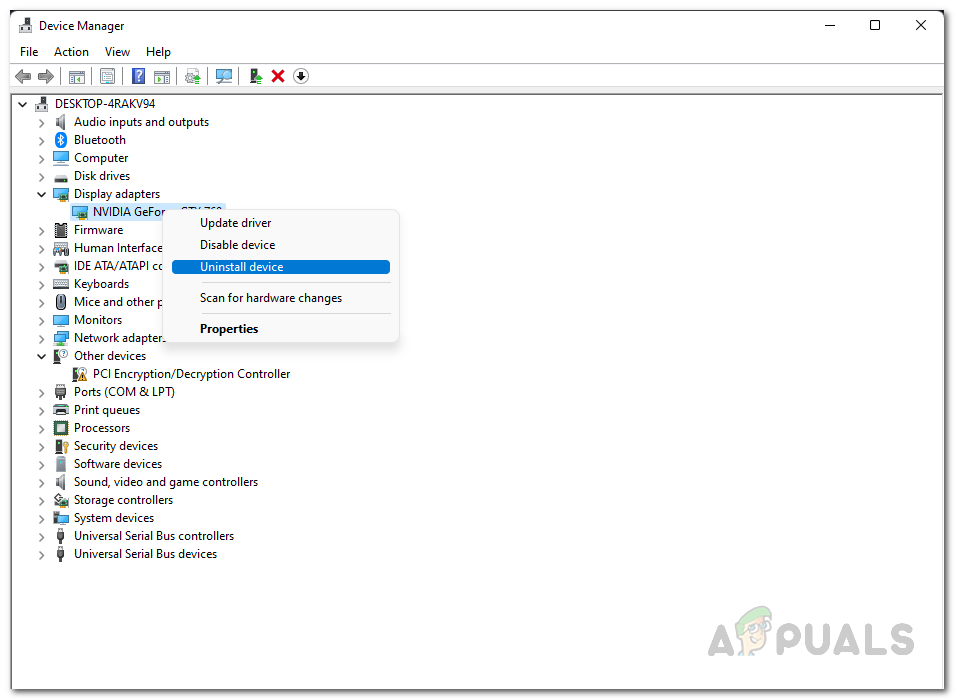Before we show you how to resolve the problem in question, it is vital to go through the several causes of the issue. It may seem easy once you are aware of the potential reasons for the problem. Keeping that in mind, let us start immediately and go through the causes individually. Now that we have gone through the possible causes of the problem, we are ready to get into the various methods that will help fix your issue. Let us dive right into it.
1. Change Projection Settings
When you connect a new monitor to your system, you will have to change your display settings to tell Windows also to use the second monitor. By default, Windows outputs only to a singular monitor. By connecting a second monitor, you are extending the display. Therefore, you will need to tell Windows to extend the displays and not use the primary one. In these cases, the operating system has detected your second monitor. However, it is not sending any output to the second monitor, so you are left with a blank black screen. You can change display settings in the Settings app. This is pretty simple to do; follow the instructions down below: If you do not see a second monitor option inside display settings, move on to the following method below.
2. Manually Detect Second Monitor
Sometimes, Windows may not detect your second monitor automatically. This can happen when you connect a second monitor while the system runs. If this case is applicable, you will have to force Windows to detect the second display manually. To do this, follow the instructions down below:
3. Use a Common Refresh Rate
In some cases, the problem can originate due to a conflict in the refresh rates of your primary and secondary monitor. This often occurs when the highest refresh rate of your monitors is not the same, i.e., one of your monitors supports 240 hertz, and the other monitor can only support up to 144 hertz. If this case is applicable, you must change your refresh rate to a common standpoint. This would mean changing your refresh rate to 144 hertz in the example above. One of the reasons this scenario occurs is your graphics card. This is because some graphics cards cannot support separate refresh rates simultaneously. The likeliness of this occurring is pretty slim. Once you change your refresh rate to something common, and the second monitor is detected, you can change it back to the original value on your primary monitor. Follow the instructions down below to do this: If changing the refresh rate on your monitor does not fix your problem, move to the following method below.
4. Restart the Display Adapter
The display adapter is a vital component of your operating system as it bridges the monitor and the graphics drivers. Sometimes, the display adapter may not function properly due to a glitch. When this happens, you will have to restart the display adapter. You can easily restart the display adapter via the Device Manager window. To do this, follow the instructions down below:
5. Reinstall Graphics Drivers
You might sometimes encounter the problem in question due to your graphics drivers. This can occur when your graphics drivers are malfunctioning and not working correctly. If this case is applicable, you will not be able to use multiple displays on your computer. Graphics drivers are used by the operating system to communicate with the graphics card installed on your computer. In addition, to display the output to your screen, Windows relies on the graphics card as it processes all of the graphics and more. You will have to uninstall your graphics drivers and install them to fix the issue. There are many ways to go about your graphics drivers’ uninstallation process. If you want to do an in-depth uninstallation, you can use DDU to uninstall your graphics drivers. However, the problem in question does not require such a thorough approach. You can get off by simply uninstalling the drivers via the Device Manager. Follow the instructions down below to do this: After restarting your computer, see if Windows can detect your second display. You can try manually detecting it again if Windows does not automatically. In case the problem persists, move to the following method below.
6. Check your Cable and Connection
Finally, if none of the methods above fixes the problem for you, it is likely the problem originates due to your cable. If your connection is loose or the port is not inserted completely, Windows will not be able to detect your monitor. In addition, a faulty cable will also prevent the operating system from detecting the monitor. If this case is applicable, we recommend you recheck the connection and ensure it is not loose. If the connection is fine, switch your cable to a different one and see if the problem goes away.
Windows 11 Not Detecting Headphones? Try these fixesUSB Port Not Detecting Mouse? Try these fixesHow to Add Clock to the Second Display in Windows 11?Elgato’s Stream Deck Plus Features Rotary Knobs and a Second LCD Display for…


